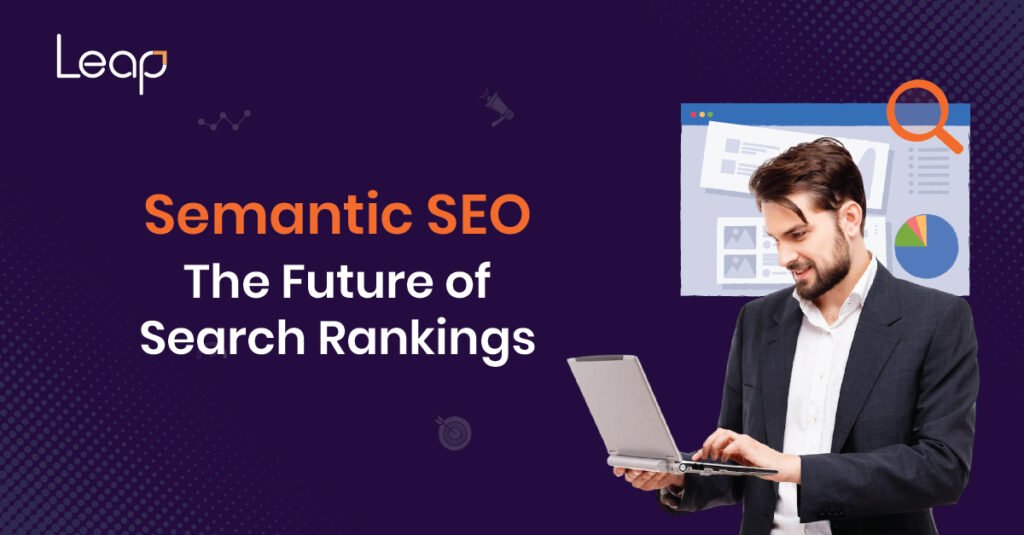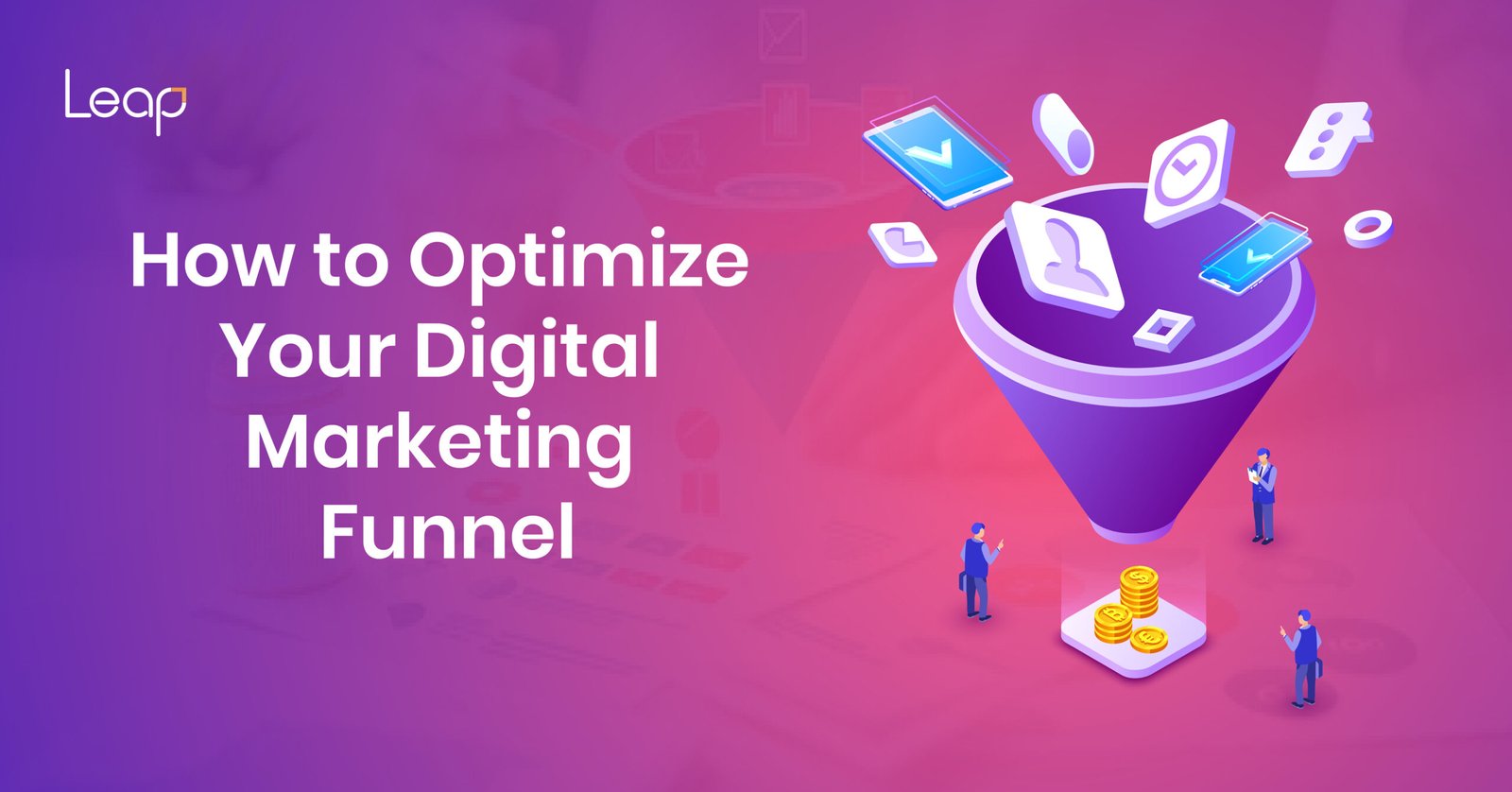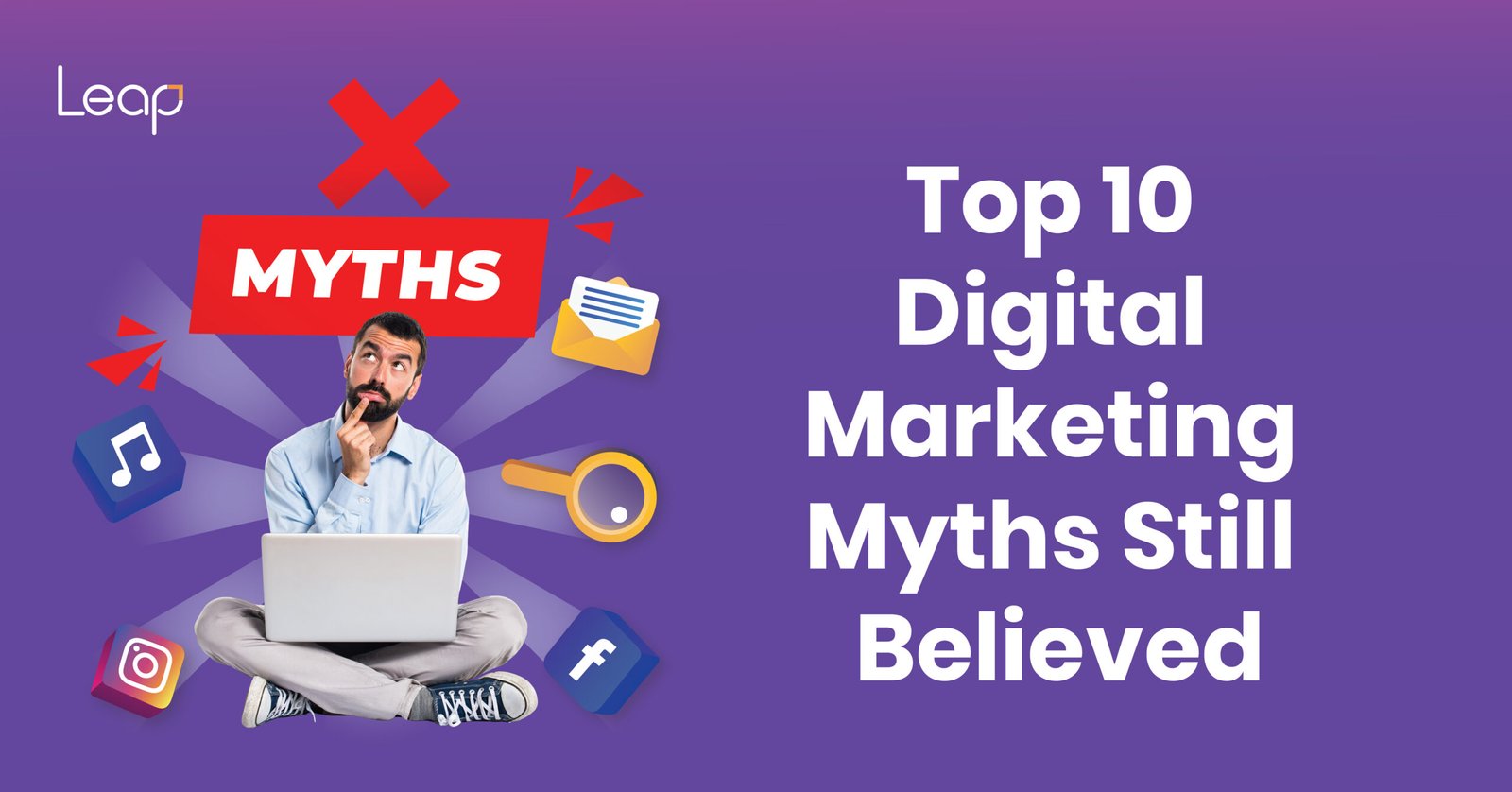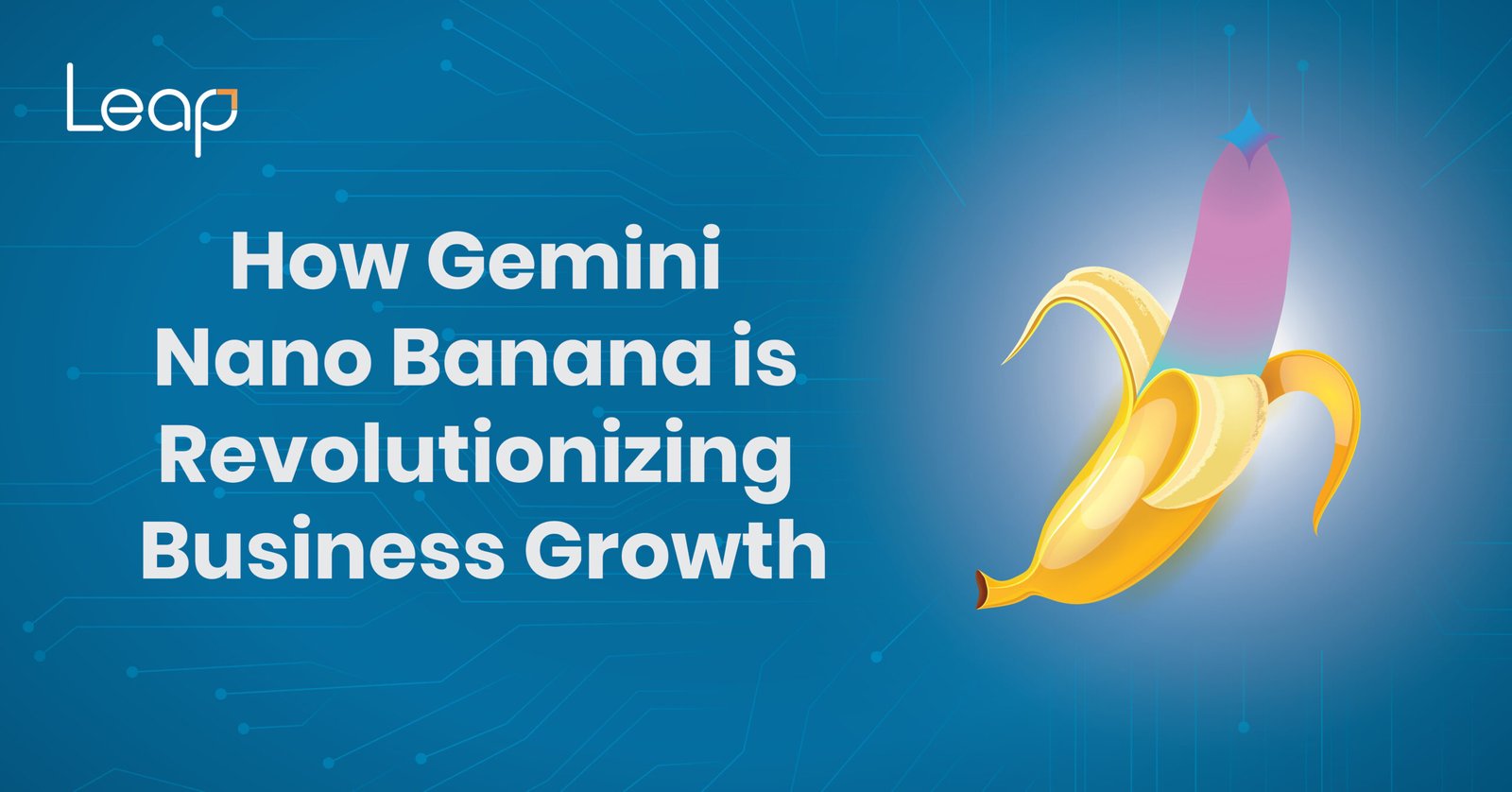
Introduction
In the ever-evolving landscape of digital marketing, staying ahead of algorithm updates and user behavior changes is crucial for sustained online visibility. One of the most transformative advancements in recent years is Semantic SEO. Unlike traditional SEO strategies that focus on exact-match keywords, Semantic SEO emphasizes context, user intent, and meaning to create a richer and more accurate search experience.
At Leap Marcom, we specialize in forward-thinking digital marketing solutions. With a keen eye on search engine innovation and user behavior trends, we help businesses of all sizes optimize their online presence using modern techniques like Semantic SEO.
Understanding Semantic Search
What is Semantic Search?
Semantic search refers to a search engine’s ability to understand natural language queries and contextual meaning rather than relying solely on keyword matches. It’s about grasping the intent behind a query and delivering results that are contextually relevant, not just keyword-aligned.
How Does It Differ from Traditional Search?
Traditional search engines operated largely on keyword density and backlinks. Semantic search, on the other hand, incorporates:
User intent: What the user really wants to find.
Context: The user’s location, search history, and phrasing.
Entity recognition: Identifying people, places, and things mentioned in content.
By moving beyond keywords, semantic search enhances the user experience and rewards content that answers real questions in-depth.
The Evolution of SEO
A Brief History
SEO has undergone several transformations since its inception:
Early 2000s: Keyword stuffing and backlink farming dominated.
2010–2013: Google’s Panda and Penguin updates penalized low-quality and manipulative practices.
2013: Google Hummingbird introduced semantic search capabilities, understanding the meaning of queries.
2015: RankBrain, a machine learning algorithm, began helping Google understand complex queries.
These developments marked a shift toward user-centric search, paving the way for semantic SEO.
Key Algorithms Driving Semantic SEO
Google Hummingbird: Focused on meaning and conversational search.
RankBrain: Used AI to interpret unfamiliar queries.
BERT (2019): Enabled better understanding of nuances in natural language.
Each update has nudged content creators toward writing for humans, not bots.
Key Components of Semantic SEO
1. Structured Data & Schema Markup
Structured data provides metadata that helps search engines understand content types—products, articles, reviews, FAQs, etc. Tools like Schema.org allow you to mark up:
- Reviews
- Events
- Products
- Recipes
- FAQs
Adding this data improves rich snippets and increases click-through rates.
2. Natural Language Processing (NLP)
NLP enables machines to:
- Understand sentiment
- Extract key entities
- Comprehend context
Google uses NLP to evaluate the semantic relevance of your content to user queries.
3. Topic Clusters and Content Relevance
Instead of isolated keywords, Google now evaluates topical authority. A topic cluster includes:
- Pillar content: Comprehensive content on a core topic
- Cluster content: Related articles that support the pillar
- Internal linking: Connections between all cluster pages
This structure improves both SEO and user navigation.
Best Practices for Implementing Semantic SEO
1. Conduct Intent-Based Keyword Research
Use tools like:
- AnswerThePublic: Discover question-based queries.
- SEMrush & Ahrefs: Identify keyword variations based on intent.
Group keywords by:
- Informational intent (“What is Semantic SEO?”)
- Navigational intent (“Leap Marcom semantic SEO services”)
- Transactional intent (“Hire SEO expert”)
2. Use LSI (Latent Semantic Indexing) Keywords
LSI keywords are conceptually related terms that improve content depth. For instance:
Primary keyword: Semantic SEO
LSI terms: structured data, natural language, search intent, NLP
Incorporate them naturally to enhance topical relevance.
3. Create High-Quality, Comprehensive Content
- Address multiple facets of a topic.
- Use FAQs, tables, and infographics to enrich readability.
Write for humans first, optimizing naturally for bots.
4. Optimize Internal Linking
Connect related articles and blog posts to:
- Improve crawlability
- Establish content hierarchy
- Increase dwell time
Use descriptive anchor text for better semantic mapping.
5. Update Content Regularly
Fresh content signals relevance. Revisit older posts to:
- Add new information
- Improve readability
- Refresh keywords
Tools and Resources
Recommended Tools
Purpose | Tool |
|---|---|
Keyword Research | SEMrush, Ahrefs, Ubersuggest |
Topic Discovery | AnswerThePublic, BuzzSumo |
Content Optimization | Surfer SEO, Clearscope |
Performance Tracking | Google Search Console, Google Analytics |
Learning Resources
Case Studies
1. HubSpot
By implementing topic clusters, HubSpot saw:
- 93% more organic traffic
- 65% increase in lead generation
2. Neil Patel
Used semantic strategies to:
- Rank for long-tail queries
- Increase session durations
Reduce bounce rates
3. Leap Marcom
Our clients experience measurable success with semantic SEO:
- 35% boost in organic traffic within 3 months
- Higher engagement from contextually relevant blog posts
Improved keyword rankings across multiple verticals
Future Trends in Semantic SEO
1. AI-Driven Content Optimization
Tools using machine learning will better predict user intent and generate semantically relevant content in real time.
2. Voice Search Integration
As voice search grows, optimizing for conversational queries and long-tail keywords will become essential.
3. Visual and Multimodal Search
Google Lens and similar tools indicate that semantic SEO will soon expand to visual content and image search.
4. Real-Time Personalization
With AI advancements, expect dynamic search results tailored to each user’s context and preferences.
Conclusion
Semantic SEO is not just a trend—it’s the future of search rankings. As search engines become more intelligent, marketers must evolve from simple keyword optimization to context-rich, intent-driven content strategies.
At Leap Marcom, we stay ahead of these changes to help your business succeed. Whether you’re a digital marketer, content creator, or business owner, embracing Semantic SEO will future-proof your digital strategy.
Ready to elevate your search performance?
Visit www.leapmarcom.com to learn more about how we can help you implement Semantic SEO today.









